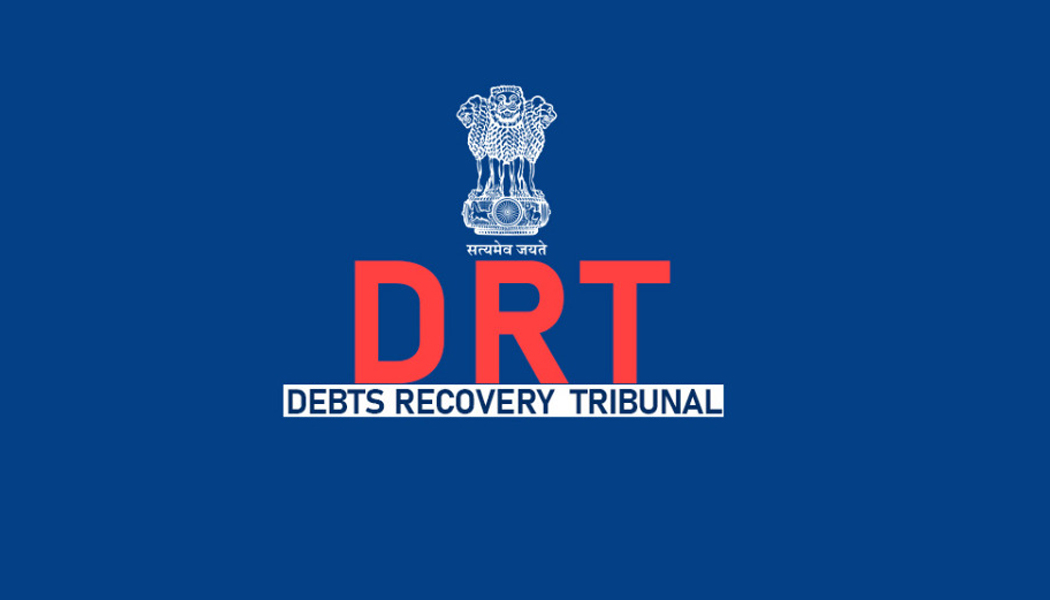
Sarfaesi Notice Under Section 13(4) of the Sarfaesi Act
Title: Unveiling the Significance of Sarfaesi Notice under Section 13(4) of the Sarfaesi Act
Introduction:
The Sarfaesi Act, enacted in 2002, empowers financial institutions to safeguard their interests by enforcing security without court intervention. Central to this legislation is the issuance of notices under Section 13, particularly Section 13(4). In this post, we will delve into the specifics of the Section 13(4) notice, unraveling its importance and the legal intricacies involved.
Section 13(4) Notice: An Overview
The Section 13(4) notice is a crucial legal instrument employed by secured creditors when a borrower fails to comply with the Section 13(2) notice. This notice serves as a formal declaration of the creditor’s intent to take possession of the secured assets and sell them to recover the outstanding dues. Understanding the components and implications of the Section 13(4) notice is essential for all stakeholders involved in the Sarfaesi Act process.
Key Elements of Section 13(4) Notice:
1. Declaration of Default: The Section 13(4) notice explicitly declares that the borrower has failed to comply with the terms mentioned in the earlier Section 13(2) notice.
2. Intent to Take Possession: It clearly communicates the creditor’s intention to take possession of the secured assets due to the borrower’s non-compliance.
3. Notice Period for Representation: The notice provides the borrower with a specified period to make representations against the intended possession. This ensures that borrowers have an opportunity to present their case and possibly resolve the matter before enforcement.
4. Mode of Possession and Sale: The Section 13(4) notice outlines the manner in which the possession of assets will be taken and the subsequent process of selling the assets to recover the outstanding dues.
What is it?
A Sarfaesi Notice under Section 13(4) of the Securitisation and Reconstruction of Financial Assets and Enforcement of Security Interest Act, 2002 (Sarfaesi Act) is a legal document issued by a secured creditor (usually a bank or financial institution) to a borrower who has defaulted on a secured loan. It informs the borrower that the creditor intends to take possession of the secured assets to recover the outstanding dues.
When is it issued?
This notice is issued only after the borrower fails to comply with the demands of the Section 13(2) notice. The Section 13(2) notice requires the borrower to repay the outstanding loan amount within 60 days from the date of its issuance. If the borrower fails to do so within the stipulated period, the creditor can proceed with the Section 13(4) action.
What does the notice contain?
The notice should clearly specify the following details:
- Name and address of the borrower and the secured creditor
- Details of the loan agreement and the default
- Description of the secured assets intended to be possessed
- Date and time of taking possession
- Information about the borrower’s right to challenge the notice in the Debts Recovery Tribunal (DRT)
What are the consequences of receiving this notice?
Receiving a Section 13(4) notice is a serious matter as it signifies the creditor’s intention to take over your secured assets. If you do not take any action, the creditor can physically take possession of your property, appoint a receiver to manage it, or even sell or lease it to recover the outstanding dues.
What can you do?
Here are some options you have upon receiving a Section 13(4) notice:
- Consult a lawyer: Seek legal advice immediately to understand your rights and options. A lawyer can guide you through the process and help you challenge the notice if necessary.
- Negotiate with the creditor: You can try to negotiate a settlement with the creditor to avoid the possession of your assets. This may involve proposing a repayment plan or selling some of your assets to raise funds.
- Challenge the notice in the DRT: If you believe that the notice is not valid or that the creditor has not followed the proper procedures, you can file a petition with the DRT.
Important points to remember:
- It is crucial to act quickly as you have limited time to take action after receiving the notice.
- Do not ignore the notice, as it can have serious consequences for your financial well-being.
- Seek professional help if you are unsure about your options or how to proceed.
Remember, receiving a Sarfaesi Notice under Section 13(4) is a critical situation. It is important to take immediate action and seek legal advice to protect your interests.
I hope this information is helpful. Please let me know if you have any other questions.
Legal Implications:
Issuing a Section 13(4) notice is a significant step in the Sarfaesi Act enforcement process. While it empowers creditors to take possession and sell assets, the act also ensures a fair and transparent procedure. Borrowers retain the right to make representations, providing a legal avenue to address grievances and potentially avoid asset seizure.
Challenges and Controversies:
The Section 13(4) notice has not been without controversy. Some borrowers may challenge the validity of the notice or the actions proposed therein. Legal complexities may arise, emphasizing the importance of a thorough understanding of the Sarfaesi Act and its procedural nuances.
Conclusion:
The Section 13(4) notice under the Sarfaesi Act is a critical juncture in the creditor’s pursuit of recovering outstanding dues. Its issuance signals a transition from warning to enforcement, and stakeholders must comprehend its legal implications. Borrowers, financial institutions, and legal professionals alike benefit from a comprehensive understanding of the Section 13(4) notice to navigate the complexities of the Sarfaesi Act effectively.
Adcocate J.S. Rohilla (Civil & Criminal Lawyer in Indore)
Contact: 88271 22304
